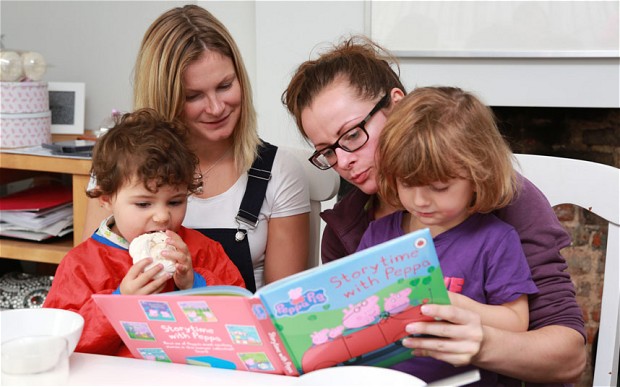How can parents help children navigate through a diverse world?
The study shows conversations that better equip parents to help their children navigate through the dynamics of an ever-changing world, identifying how parenting may or may not be shaped by increasing population diversity.

Washington DC: Have you ever wondered how parenting is shaped by diversity? There are so many multicultural dynamics affecting parenting like economic disparities, single parent prevalence, among many others. Diversification of the families is happening at an unprecedented rate and while awareness of this increased diversity rises, research for what impacts it has on parenting adolescents has been limited, a new study reveals.
The study shows conversations that better equip parents to help their children navigate through the dynamics of an ever-changing world, identifying how parenting may or may not be shaped by increasing population diversity.
Also Read: Parental support can do wonders for career success

The study was led by a team of multidisciplinary researchers at the University of North Carolina, Chapel Hill.
The team found very little data available when they began examining whether traditional theories about parenting adolescents needed updating for the new millennium. What they did find was relevant ideas percolating within the fields of psychology, anthropology, sociology, social work and public policy. By integrating ideas across these fields, the team offers new ways of thinking about parenting and diversity.
The journal consists of the contextual foundation for what parenting looks like today, discussing specific forms of diversity, and identifying common themes and future directions for research in the area.
The goal is to frame conversations that identify important parenting issues and provide resources to support it.
Also Read: Parental conflict affects children's mental health

"The work of our team incorporates what we know about the changing science of adolescence, demography of the United States, and the challenges and opportunities faced by today's youth," said the project's co-organizer Andrea Hussong.
The study appeared in the journal of Research on Adolescence. (ANI)
 Dynamite News
Dynamite News